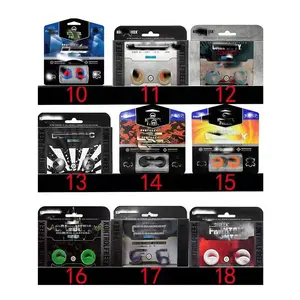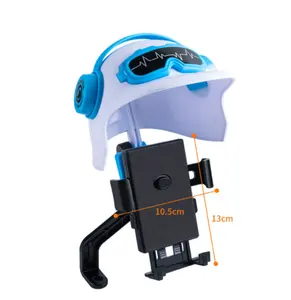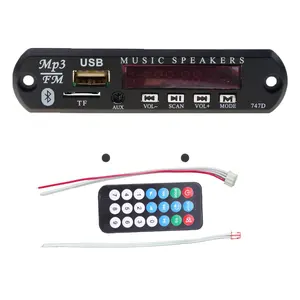Popular in your industry




































































































































































































Top categories
About ka band
Ka Band: An Overview
The Ka band represents a segment of the microwave part of the electromagnetic spectrum defined primarily by its frequency range. This category is significant in the realms of satellite communications, offering specific advantages for various applications. The Ka band frequency typically ranges from 26.5 to 40 GHz, which allows for high-bandwidth communication and is widely utilized in both terrestrial and satellite communications.
Types and Applications of Ka Band
Within the Ka band spectrum, there are multiple applications and types of equipment in use. For instance, ka band satellite technology is pivotal in telecommunications, enabling services such as satellite TV and ka band internet. The versatility of the Ka band also extends to ka band radar systems, which are crucial for weather monitoring and aerospace applications. The adaptability of the band allows for its use in diverse settings, from retail to food shops, highlighting its role in commercial and industrial sectors.
Features and Materials
The equipment operating in the Ka band is designed with various materials to meet the demands of different applications. Common materials include aluminum, iron, and nylon, which are selected for their durability and performance characteristics at high frequencies. Components such as antennas and receivers are engineered to handle the Ka and Ku band frequencies, ensuring compatibility and efficiency across different systems.
Advantages of Ka Band Technology
The Ka band offers several advantages over other frequency bands. Its higher frequency allows for smaller antennas with a more focused beam, which leads to less interference and improved bandwidth efficiency. This makes Ka band satellite communications ideal for high-density data transmission, such as broadband internet services. Additionally, the Ka band is less congested compared to the Ku band and Ka band, providing a more reliable connection for users.
Complementary Technologies
Complementary technologies such as the Intellian v100nx antenna system are designed to optimize the use of the Ka band. These systems are engineered to enhance signal strength and quality, ensuring stable and robust communication links. The integration of Ka band with other technologies like gan ka (Gallium Nitride) amplifiers further improves performance, offering higher power efficiency and thermal conductivity.
Conclusion
The Ka band continues to be a critical frequency range for modern communication systems. Its application in satellite and radar technology, coupled with the development of complementary technologies, underscores its importance in the global communication infrastructure. While Alibaba.com facilitates the connection between suppliers and buyers in this market, it is essential to consider the specific requirements and features of the Ka band to ensure the selection of appropriate equipment for your needs.






















